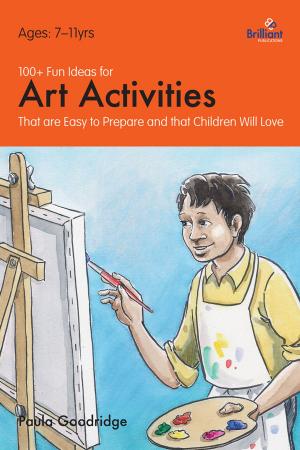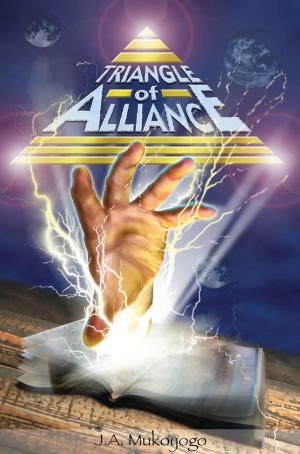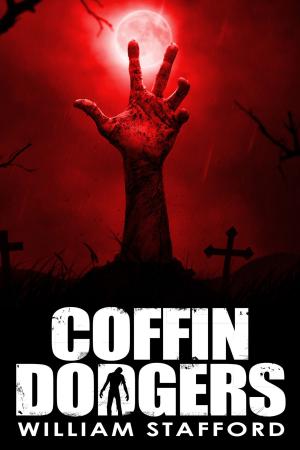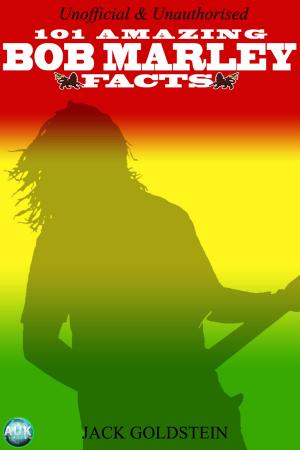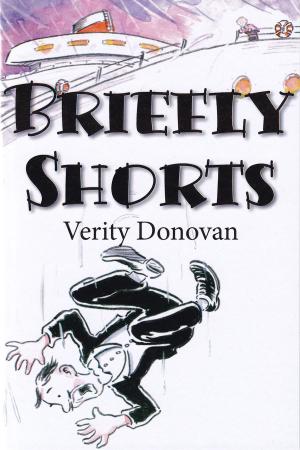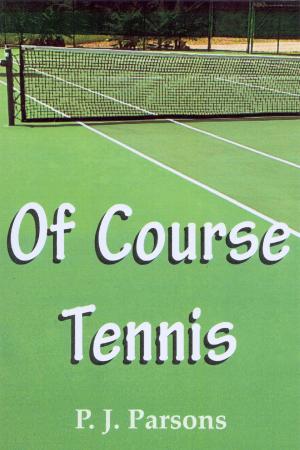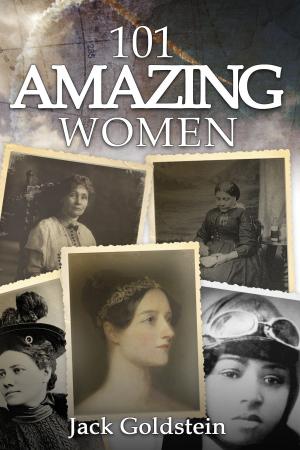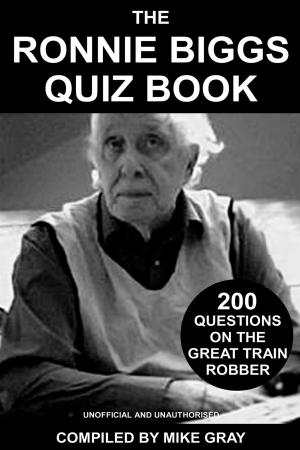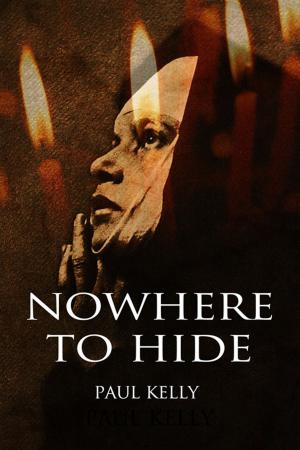Alone in the Crowd
Utopia and Dystopia on the Parisian Boulevards
Nonfiction, Art & Architecture, Architecture, History, France| Author: | Amanda J Field | ISBN: | 9781909183919 |
| Publisher: | Andrews UK | Publication: | July 10, 2015 |
| Imprint: | Chaplin Books | Language: | English |
| Author: | Amanda J Field |
| ISBN: | 9781909183919 |
| Publisher: | Andrews UK |
| Publication: | July 10, 2015 |
| Imprint: | Chaplin Books |
| Language: | English |
Alone in the Crowd discusses the identity of nineteenth-century Paris, one of the most widely imaged cities in the modern world, whose most enduring attribute is that of a city of spectacle - a city of the pleasure of looking and being looked at simultaneously. Did Haussmann’s re-figuring of the city, with its unrelenting straight boulevards, stirring vistas and uniform buildings, create a ‘mass produced’ image of Paris? If so, who benefited - and who lost out - in the construction of this new identity? Did the boulevards represent dystopia as well as utopia?
Alone in the Crowd discusses the identity of nineteenth-century Paris, one of the most widely imaged cities in the modern world, whose most enduring attribute is that of a city of spectacle - a city of the pleasure of looking and being looked at simultaneously. Did Haussmann’s re-figuring of the city, with its unrelenting straight boulevards, stirring vistas and uniform buildings, create a ‘mass produced’ image of Paris? If so, who benefited - and who lost out - in the construction of this new identity? Did the boulevards represent dystopia as well as utopia?


